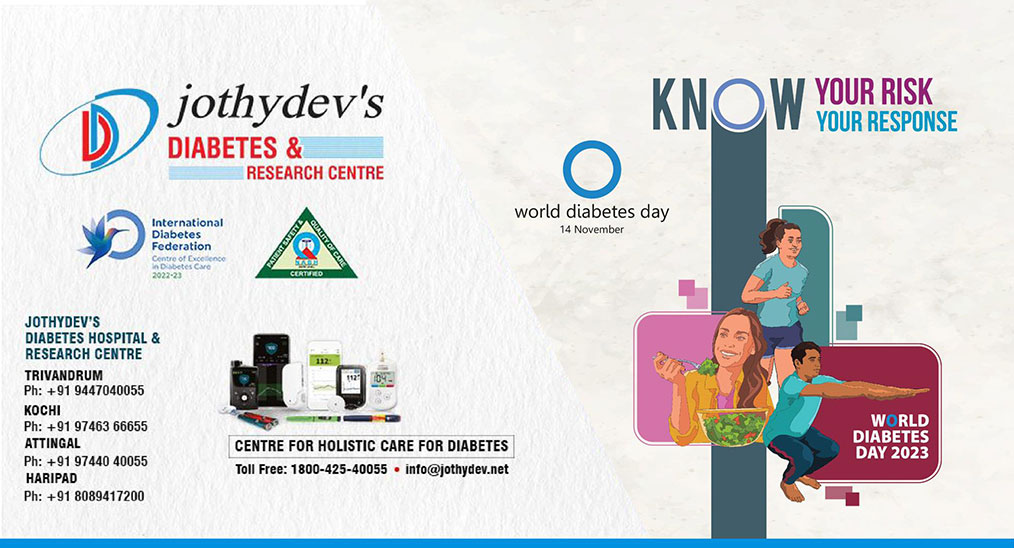4. Normal-to-high C-peptide may be a predictor for GLP-1 addition in diabetes regimen

Glucagon-like peptide-1 receptor agonists (GLP-1 RAs) are potent antihyperglycemic agents known for their favorable impact on weight, cardiovascular health, and renal outcomes. However, there is a lack of clear guidance for physicians on identifying the most suitable candidates among people with type 2 diabetes requiring insulin, who can reap the potential benefits GLP-1 RAs with respect to glycemic control, insulin dose reduction, and weight loss.
In a retrospective study, the efficacy of GLP-1 RAs in adults with type 2 diabetes who were already on insulin therapy was evaluated, along with the patient factors that may predict a favorable clinical response. Baseline parameters and outcomes at 3, 6, and 12 months were monitored.
Among the 81 patients included in the study, the addition of a GLP-1 RA contributed to a mean reduction in HbA1c of 0.94% (SD, 0.26; ), 0.40% (SD, 0.21; ), and 0.58% (SD, 0.23, ) at 3, 6, and 12 months, respectively. Notably, there was also a significant reduction in body weight observed at each time point. Baseline characteristics including BMI, duration of diabetes, and insulin requirement did not significantly affect A1C reduction following the addition of GLP-1 RA.
At 3 months, it was noticed that patients with a normal random C-peptide (≥0.8 ng/ml) were significantly more likely to discontinue insulin compared to those with a low random C-peptide that was low (<0.8 ng/ml) (11 of 23 vs. 0 of 7 patients). The study, published in the ‘Journal of Diabetes Research’ emphasized that while factors like BMI, baseline insulin dose, and diabetes duration did not predict the response to GLP-1 RAs, a C-peptide >0.8 ng/ml may be useful in predicting a beneficial response after 3 months of therapy.
For enquiries info@jothydev.net.
Please visit: jothydev.net | research.jothydev.com | diabscreenkerala.net | jothydev.com/newsletter




